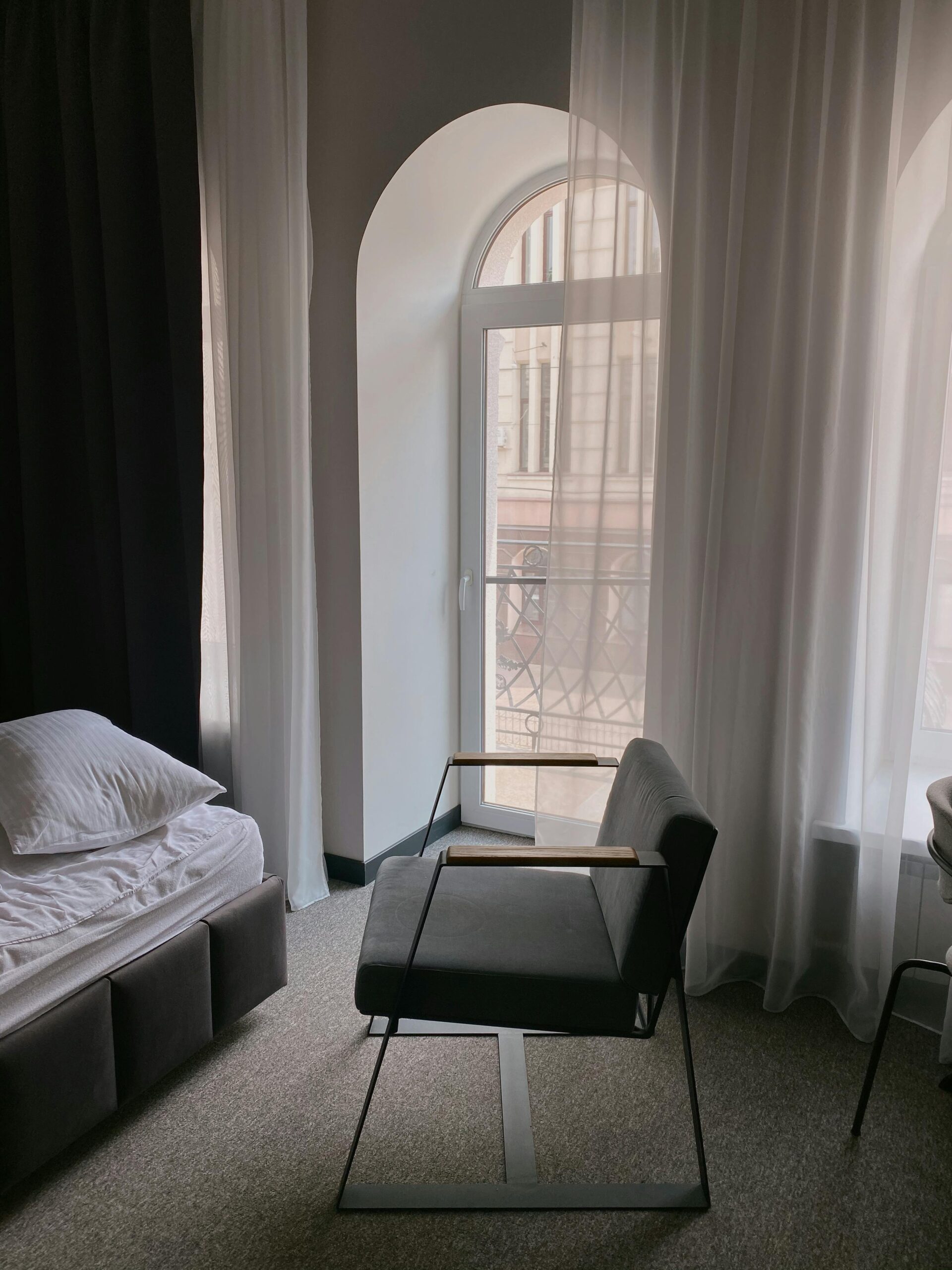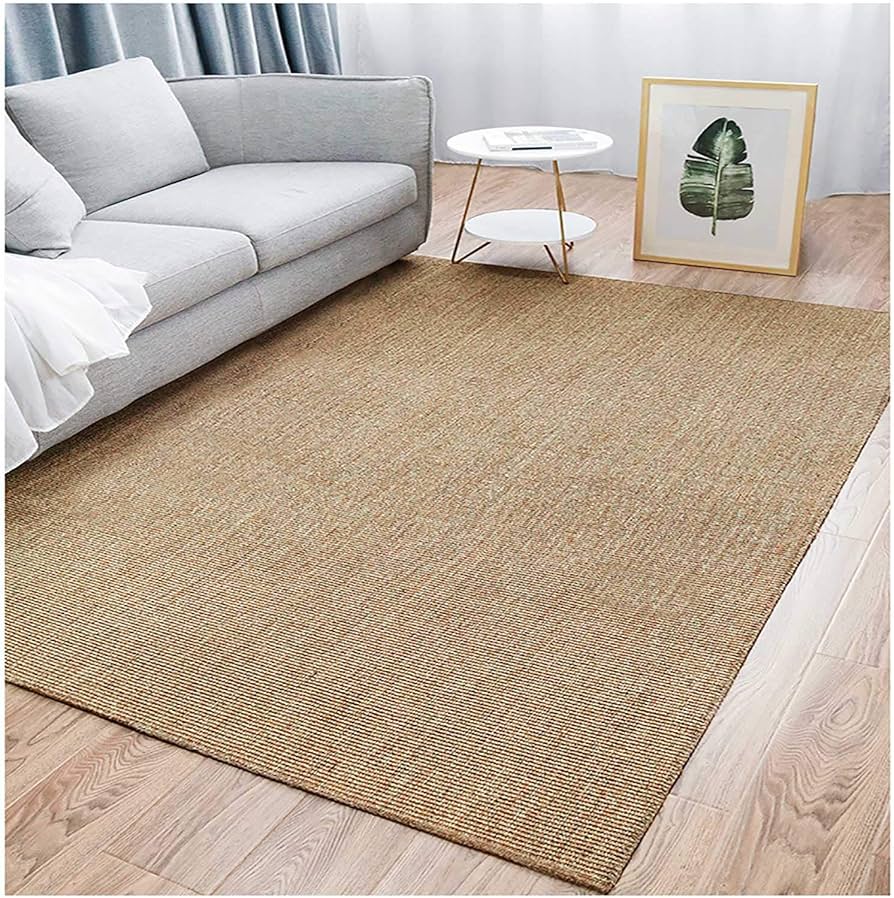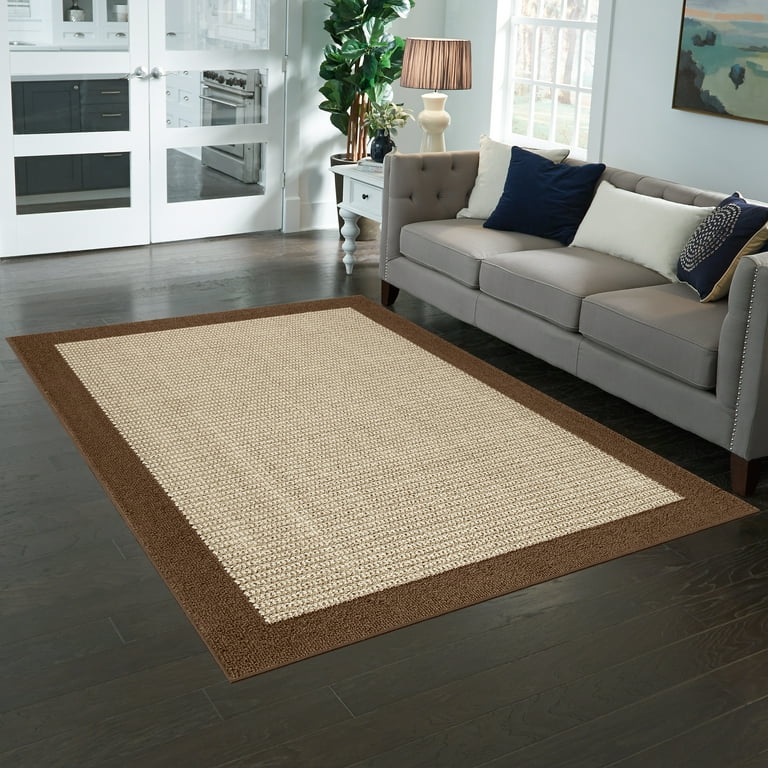When it comes to selecting a flooring option that combines durability, sustainability, and aesthetic appeal, the sisal carpet wall to wall stands out as a top contender. Known for its natural fibers and eco-friendly qualities, sisal carpets provide an excellent choice for both residential and commercial spaces. In this article, we’ll delve into the key aspects of sisal carpet wall to wall, from its benefits and types to installation tips and maintenance.
What is Sisal Carpet Wall to Wall?
Sisal carpet wall to wall refers to carpets made from the fibers of the sisal plant, which is native to Mexico. Sisal fibers are extracted from the leaves of the plant and are renowned for their strength and durability. When woven into carpets, these fibers create a textured, resilient flooring material that is perfect for high-traffic areas. The term “wall to wall” refers to the seamless installation of the carpet across the entire floor, covering the space from one wall to the other, creating a uniform and uninterrupted surface.
The sisal fibers used in these carpets are natural, biodegradable, and sustainable, making sisal carpet wall to wall an eco-conscious option. The carpets can be made in a variety of patterns and colors, allowing them to complement different interior styles, from modern minimalist to rustic or traditional designs.

Benefits of Sisal Carpet Wall to Wall
- Durability and Strength
One of the primary reasons for choosing sisal carpet wall to wall is its incredible durability. Sisal fibers are known for being hard-wearing, able to withstand heavy foot traffic without showing signs of wear and tear. This makes them an ideal choice for both commercial and residential spaces, including offices, living rooms, and hallways. With proper care, a sisal carpet can last for many years, making it a long-term investment. - Eco-Friendly and Sustainable
Sisal is a renewable resource that requires minimal water and pesticides to grow. As a result, sisal carpet wall to wall is an environmentally friendly flooring choice. Unlike synthetic carpets made from petroleum-based materials, sisal carpets are biodegradable and do not contribute to landfill waste. For eco-conscious homeowners and businesses, choosing a sisal carpet wall to wall is a way to make a positive impact on the environment. - Aesthetic Appeal
The natural texture and look of a sisal carpet wall to wall add a unique and stylish element to any room. Sisal carpets have a rustic, earthy feel that blends well with a variety of décor styles. Whether you are looking to create a cozy atmosphere in a living room or add an elegant touch to a corporate office, a sisal carpet wall to wall can complement the overall design. - Hypoallergenic Properties
For individuals who suffer from allergies, sisal carpet wall to wall offers a healthier alternative to synthetic carpets. Sisal fibers are naturally resistant to dust mites, mold, and mildew, making them an ideal choice for people with respiratory sensitivities. Unlike traditional carpets, which can trap allergens, sisal fibers do not retain dust or dirt as easily, promoting cleaner indoor air quality. - Easy Maintenance
Maintaining a sisal carpet wall to wall is relatively simple, as long as you follow the proper care instructions. Regular vacuuming and occasional spot cleaning are usually enough to keep the carpet looking fresh and clean. Sisal carpets are also stain-resistant to some extent, but it is important to address spills promptly to prevent any permanent damage.
Types of Sisal Carpet Wall to Wall
When shopping for sisal carpet wall to wall, you’ll find a variety of styles and constructions. Understanding the different types can help you make the right choice for your needs.
- Natural Sisal Carpets
These carpets are made entirely from the sisal plant fibers and retain their natural color and texture. Natural sisal carpets are available in neutral tones, such as beige, light brown, and cream, making them a versatile choice for many different spaces. These carpets are perfect for creating a natural, earthy look. - Blended Sisal Carpets
Blended sisal carpets combine sisal fibers with other natural fibers, such as wool or cotton, to enhance the texture and feel of the carpet. This blend adds extra softness and comfort while maintaining the durability of the sisal fibers. Blended sisal carpets can also come in a wider range of colors and patterns, offering more options to suit different design preferences. - Dyed Sisal Carpets
For those looking for a more customized look, dyed sisal carpets provide a vibrant and colorful option. The sisal fibers can be dyed to achieve a variety of hues, giving you more flexibility in matching the carpet to your interior design scheme. Whether you prefer subtle pastels or bold, vibrant colors, a dyed sisal carpet wall to wall can make a statement in any room. - Patterned Sisal Carpets
If you want to add more visual interest to your space, patterned sisal carpets are a great option. These carpets are woven with intricate patterns or textures, adding depth and dimension to the floor. From simple stripes to geometric designs, patterned sisal carpets can enhance the overall aesthetic of a room while maintaining the durability and sustainability benefits of sisal.

Installation of Sisal Carpet Wall to Wall
Installing a sisal carpet wall to wall requires professional expertise to ensure a smooth and flawless finish. While DIY installation is possible, it is recommended to hire a skilled installer for the best results. The process typically involves measuring the floor space, cutting the carpet to fit, and then securing it in place using adhesive or tack strips.
Before installation, it is essential to ensure that the subfloor is clean, dry, and level to prevent any issues with the carpet’s performance. In some cases, an underlay may be recommended to provide additional cushioning and enhance the carpet’s longevity.
Caring for Sisal Carpet Wall to Wall
Proper care and maintenance are crucial to prolonging the life of your sisal carpet wall to wall. Here are some tips to keep your carpet looking great:
- Vacuum Regularly
Vacuuming your sisal carpet regularly helps remove dirt, dust, and debris that can accumulate on the surface. Use a vacuum with a suction-only setting to avoid damaging the fibers. - Clean Spills Immediately
Sisal carpets are somewhat resistant to stains, but it’s still important to address spills immediately. Blot the area with a clean cloth to absorb the liquid, and avoid rubbing, which can push the stain further into the fibers. - Avoid Excessive Moisture
While sisal carpets are durable, they can be damaged by excessive moisture. Avoid using steam cleaners or soaking the carpet, as this can cause the fibers to warp or shrink. - Rotate Furniture
To prevent uneven wear and tear, rotate your furniture periodically. This helps distribute the foot traffic evenly across the carpet, reducing the likelihood of certain areas becoming more worn than others. - Professional Cleaning
For deep cleaning, it’s best to hire a professional who specializes in sisal carpet cleaning. They have the tools and expertise to clean the carpet effectively without causing damage.
Read also
- Transform Your Staircase with a Beautiful Sisal Stair Carpet
- How Sisal Carpet Squares Enhance Your Home Décor
- Why Choose Natural Sisal Carpet for Your Home?
Conclusion
A sisal carpet wall to wall is an excellent choice for those seeking a durable, eco-friendly, and aesthetically pleasing flooring option. Its natural fibers, combined with strength and hypoallergenic properties, make it ideal for various spaces, from homes to offices. With the right care and maintenance, a sisal carpet wall to wall can provide years of beauty and functionality.
Whether you prefer the natural look of untreated sisal or a more colorful and patterned design, this flooring option offers a wide range of possibilities to enhance your space. Opting for sisal carpet wall to wall is not only a great design choice but also a sustainable one, aligning with environmentally conscious living.





